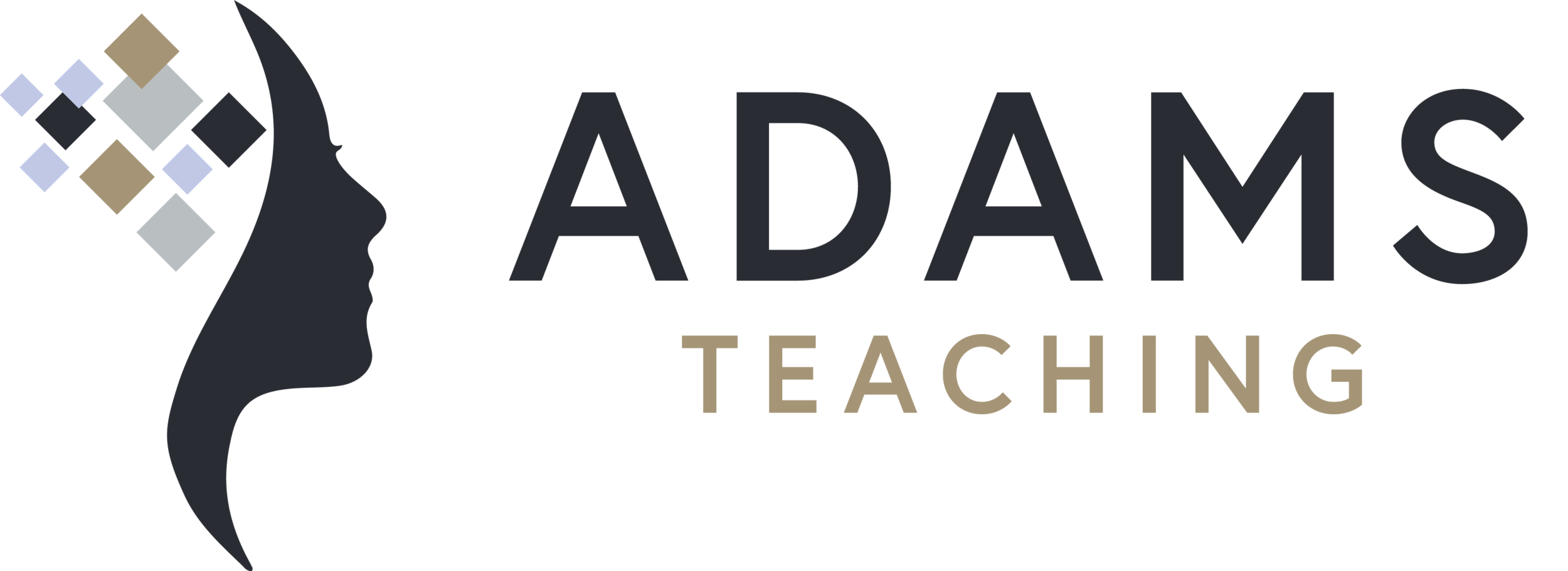Just Say "No" to Popcorn Reading
One question often posed to me by teachers is, “How can I engage and break up the monotony of long sections of oral reading in class?” Great question! As educators, we know the importance of reading aloud in class; whether a student is in 3rd grade or AP Calculus, hearing someone skillfully read sections of text promotes fluency and comprehension of both fiction and non-fiction. However, reading aloud can be monotonous if we use the same method or only have one or two readers involved, as it renders most of the students passive.
Popcorn reading (randomly calling on students to read aloud-whether their hand is raised or not) is a common practice, though I recommend the strategy be banned or at least modified in the following way. Some teachers assign a different section of text to be read by each student, the first student then begins reading and others don’t follow along and comprehend because surprise, they are all reading the section in which they were assigned. If a teacher insists on doing reading like this in class, then please allow students a few minutes to read and rehearse their part before anyone starts reading aloud. This way, students will not be anxious about reading their section as they have already practiced, and once prepared, they can focus and follow along with the current readers.
Popcorn reading, when used as a classroom management tactic to “catch” those who are not paying attention, in my opinion, should never be used. It increases the "affective filter" or level of discomfort in the classroom as many don't like to be "put on the spot" to read aloud, especially when so many of our students struggle with reading in general. Reading should never be used as a management tool or punishment. For more reasons as to why this method is frowned upon, please read Todd Finley's article , "11 Alternatives to Round Robin Reading."
So what are other ways to read text aloud in class?
I recommend teachers chunk sections (every few paragraphs, use a different method) of oral reading alternating these six methods:
Teacher Reads Aloud-this is perhaps one of the most effective methods for improving student fluency and comprehension, as the teacher is the expert in reading the text and models how a skilled reader reads using appropriate pacing and prosody (inflection).
Echo Reading-teacher reads aloud section then students “echo” back using the same pacing and prosody. This is a good opportunity for teachers to emphasize certain words and even practice reading a passage using different emotions (angrily, sarcastically, sadly, etc.) to show how meaning can change just by changing one’s tone. Have students re-read the section quietly to themselves.
Choral Reading-teacher and class reads passage aloud together matching pacing and prosody.
Partner Reading-students can alternate reading sentences from a section to each other or can chorally read a section together.
Oral “Cloze” Reading-the teacher reads aloud a passage and randomly omits words while reading, the class chorally fills in the omitted word. Have students re-read the section quietly to themselves as some will be distracted by this technique because they are so focused on which words the teacher is omitting.
Silent Reading-students read silently to themselves.
It can be helpful to read one section using one method and then switch to another method for the next section then another and then another. So I may start a text by chorally reading a section with the class and then the next section only I will read aloud to them, the next section they can read quietly to themselves and the final portion can be done in partners.
This “chunking” technique engages all of the readers all of the time and controls the pacing of the reading as well. My slower readers have assistance in that they are not reading a text alone in its entirety and my faster readers have to stay engaged with the class and cannot speed-read through and then doodle the rest of the time.
It is also a great practice to choose a few important sections of text that will be re-read daily. Every time we re-read, we gain about 15-20% more comprehension, so re-reading is an important “soft” skill (see my blog titled “What Good Readers Do” for more info on “soft” skills) to model and practice. Let students know that one reading is sometimes/often not sufficient and the best way to increase comprehension is simply to do multiple re-readings.
There is of course a time and place for independent or teacher reading only; however, alternating oral reading methods can increase comprehension and allow for greater discussion of a topic as all students are held accountable for engagement during all phases of a reading. Julie Adams, Adams Educational Consulting, effectiveteachingpd.com
